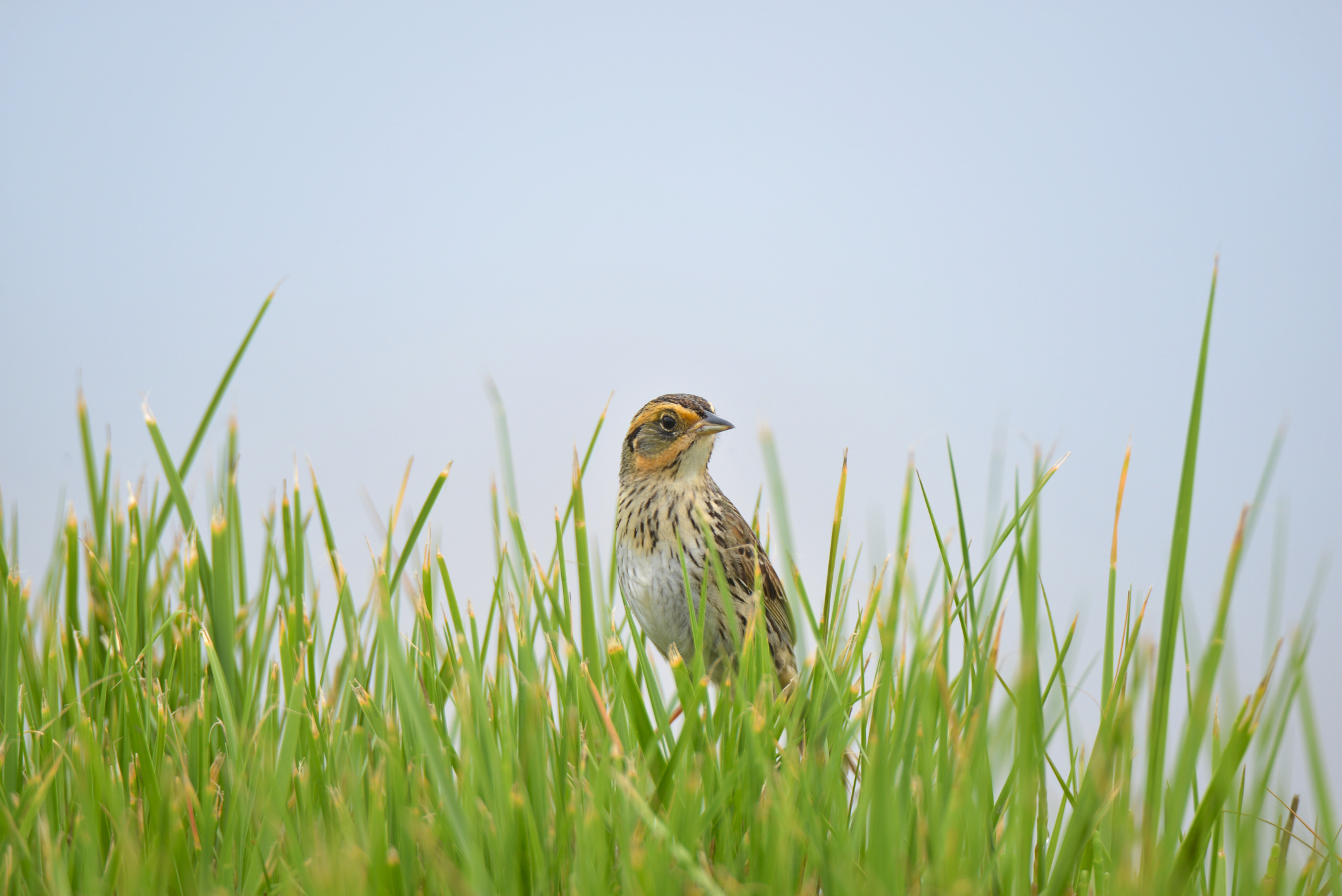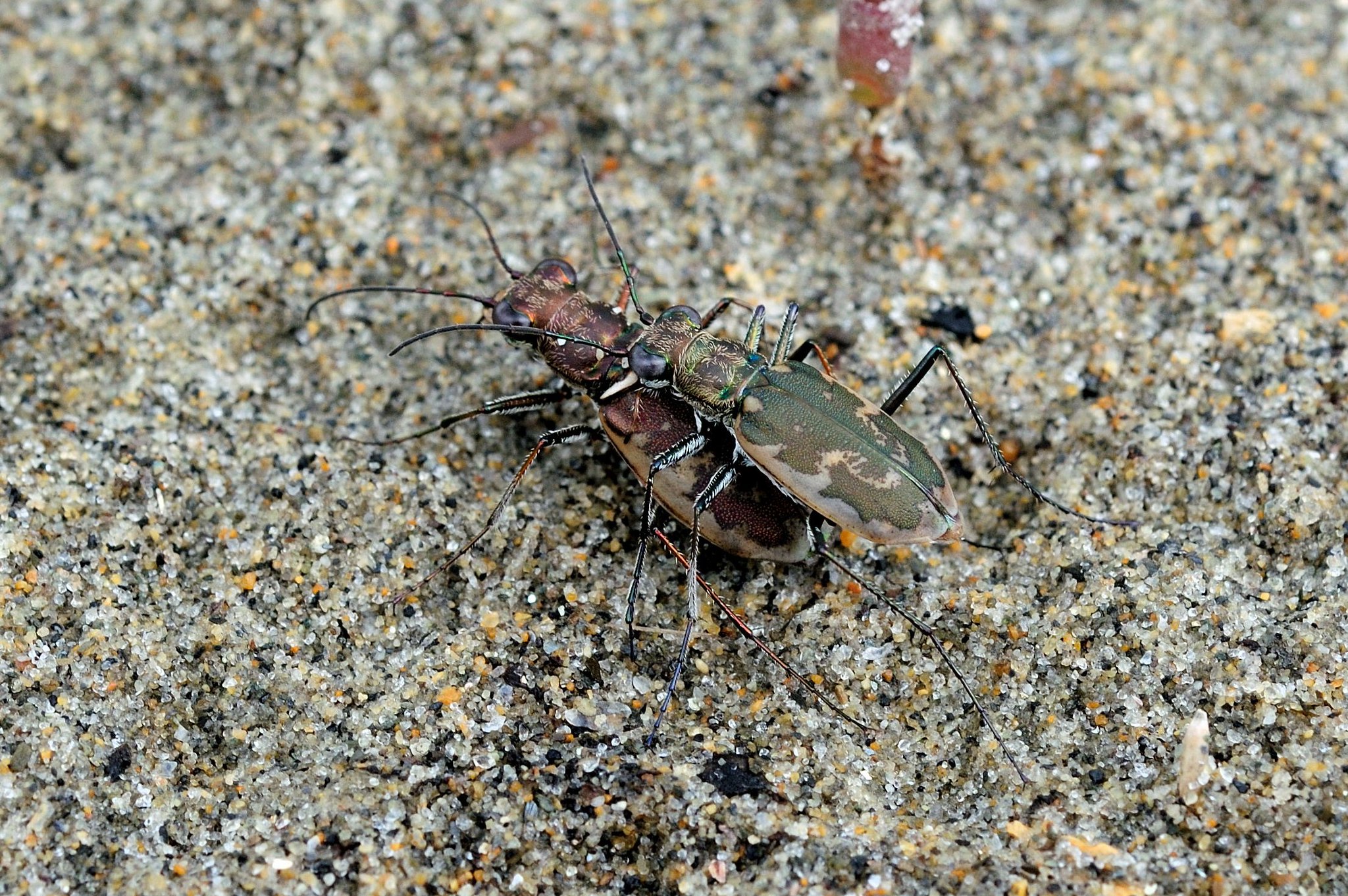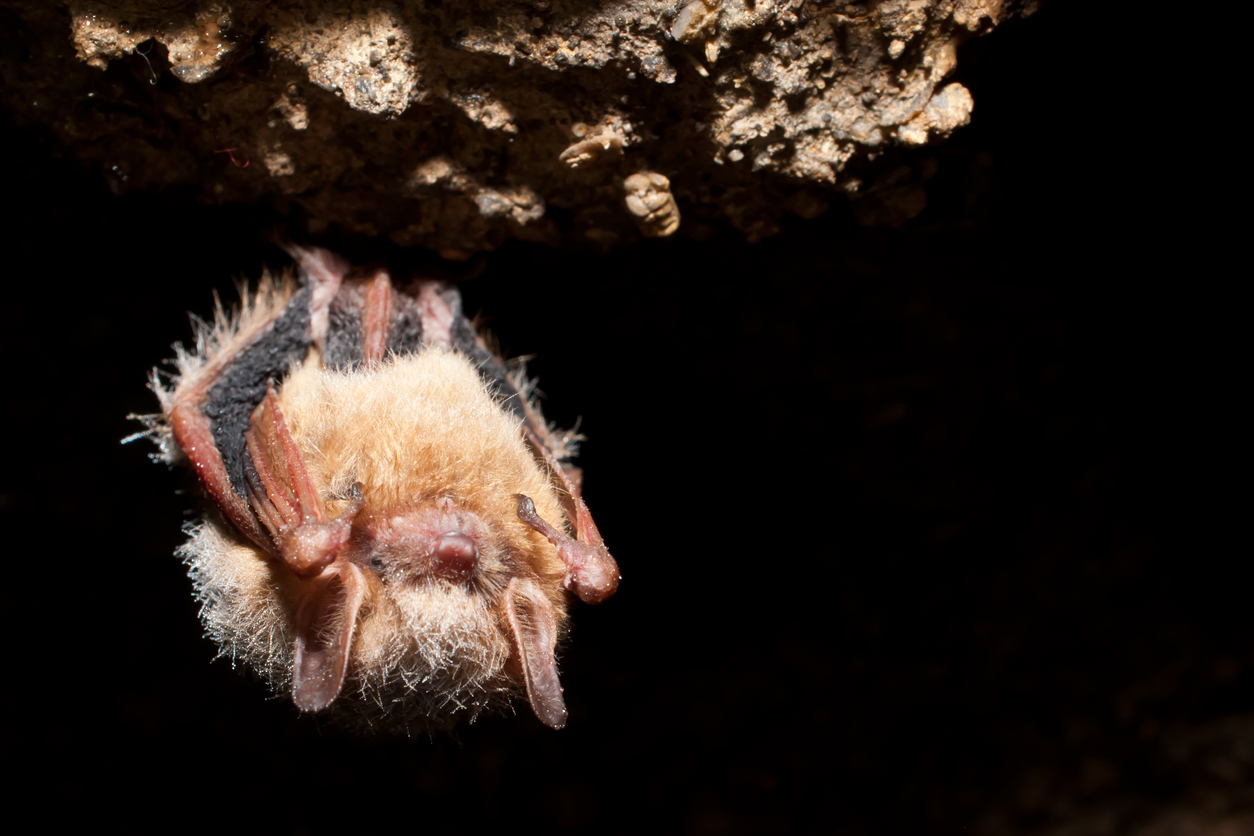November 6, 2023 at 1:16 pm
Eight new species were added to Maine's Endangered and Threatened Species list, including five birds, one bat, one bee, and a beetle. Two of these species, the saltmarsh sparrow and Ashtons cuckoo bumble bee, are listed as Endangered, and the other six as Threatened. These additions, approved by the Maine Legislature, became official on October 25, 90 days after the end of the last legislative session.
"Maine is known for its abundance of wildlife, but some species of wildlife are in danger of disappearing from Maines landscape," said Commissioner Judy Camuso of the Maine Department of Inland Fisheries and Wildlife. The addition of these species to the states endangered and threatened list will provide additional protections which will aid in their recovery. Four of these additions to the list are threatened by climate change.
The Saltmarsh Sparrow (Endangered) breeds in coastal saltmarshes of south-central Maine where nests are vulnerable to flooding during high tides associated with sea level rise.

Similarly, the Margined Tiger Beetle (Threatened) relies on a small number of saltmarsh-sand dune areas that are threatened by rising seas and associated storm surge.

Photo by Jonathan Mays
The Bicknells Thrush (Threatened) and Blackpoll Warbler (Threatened) occupy high-elevation spruce-fir forests of central and western Maine, habitats that are predicted to retract to higher elevations, or disappear altogether.

As with many bat species across North America, the Tri-colored Bat (Threatened) has declined as a result of white-nose syndrome, a devastating disease that has caused declines of over 90% in Maines hibernating bat species.

The Ashton's Cuckoo Bumble Bee (Endangered) was thought to be extirpated from Maine following widespread bumble bee population declines in the early 2000s. However, a single population of the species was recently found during the Maine Bumble Bee Atlas in northern Aroostook County.

Photo by USGS Bee Inventory and Monitoring Lab
Two birds that eat flying insects, the Cliff Swallow (Threatened) and Bank Swallow (Threatened), have declined by >95% over the past fifty years, due to loss of habitat and declining insect populations.

There are 57species that are now either listed as state Threatened or Endangered in Maine. This status affords extra protections under the Maine Endangered Species Act, which prohibits collection from the wild, take (killing), harassment (injury or significant disruption of natural behavior), and other harmful activities that might cause extirpation. Additionally, Maines Endangered and Threatened species are prioritized for increased survey, research, and recovery efforts by the Department and our conservation partners.
The Maine Endangered and Threatened Species Listing Handbook covers all aspects of the Department's Endangered Species listing process, including both regulatory and policy level components. The Maine Endangered Species Act [MESA] statutorily establishes the categories of "endangered" and "threatened" species. Species are added to, or deleted from, these categories via recommendations by the Commissioner of MDIFW to the Legislature, and ultimately, approval by the Legislature. Other administrative categories (special concern and extirpated) are established by policy, not by regulation, and are used for planning and informational purposes; they do not have the legal weight of the first two categories.
By rule, the Department must review all species under its authority once every eight years to determine which species qualify for listing. During this comprehensive review, Department biologists, guided by the Maine Endangered and Threatened Species Listing Handbook compile a list of likely candidates for listing and distributes it to species specialists in Maine and elsewhere. Based on input from these specialists, the Department may revise the list before presenting it to the public at public hearings. Ultimately, the Department submits its final recommendation to the Legislature for their approval. The last comprehensive review was in 2022, with the Legislature approving the recommendations of the Commissioner (effective October 25, 2023).